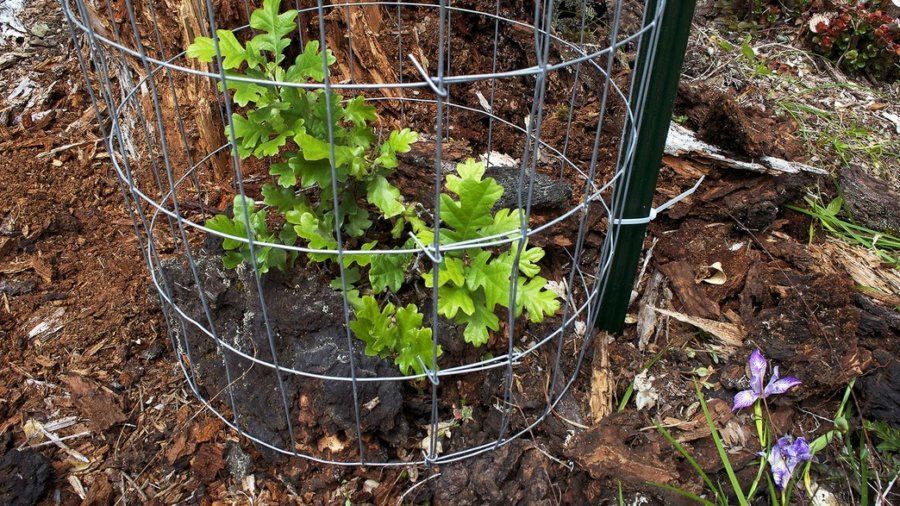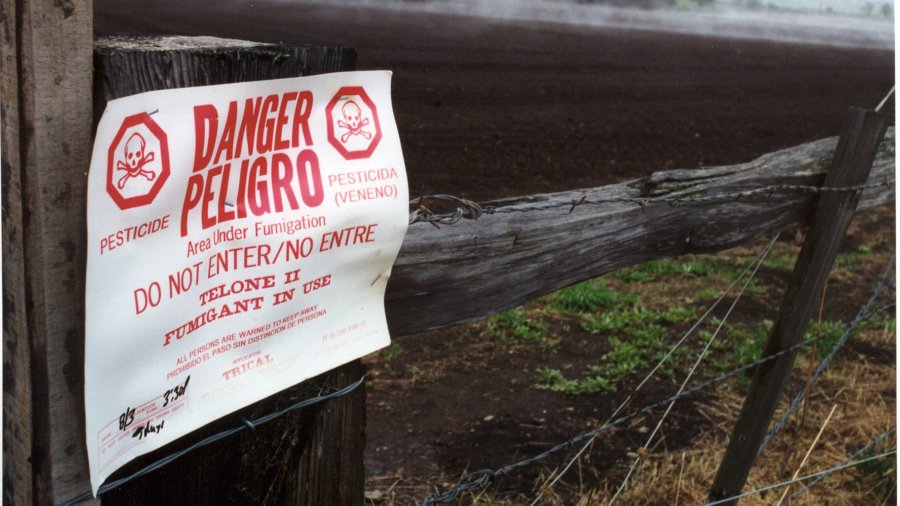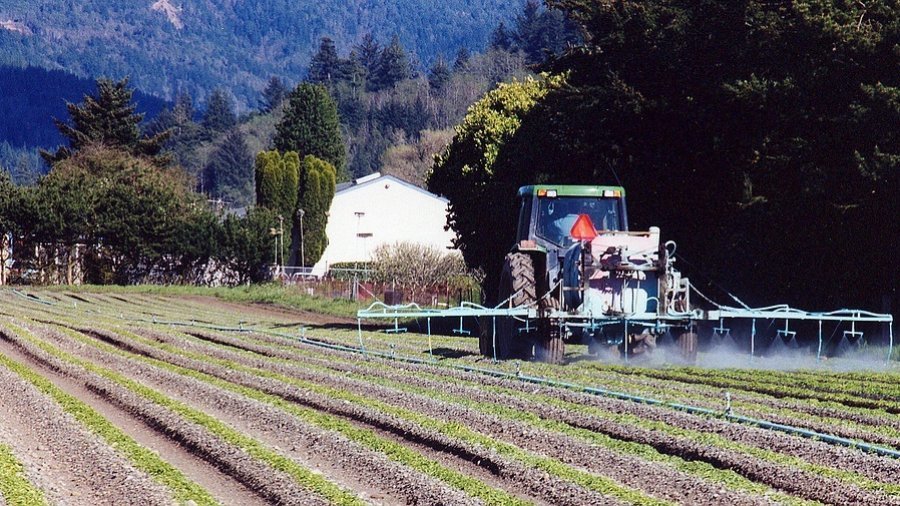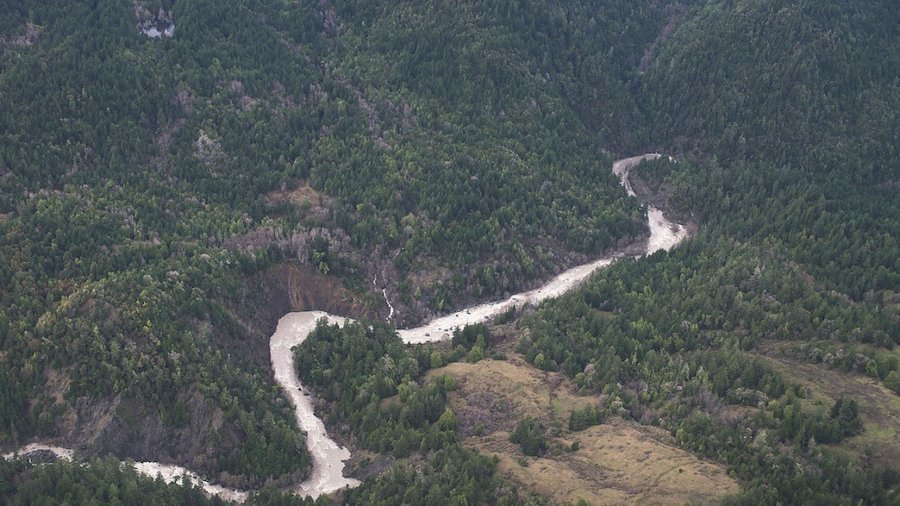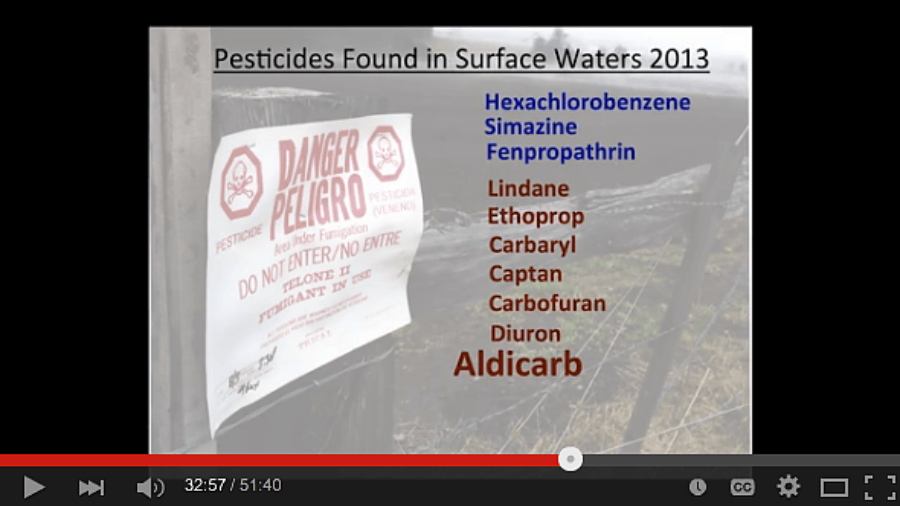“It’s a toxic soup in there.”—NMFS fisheries biologist In April 2024, Siskiyou Land Conservancy released a comprehensive report that documents forty years of complicity by the state of California in the pesticide contamination of the Smith River estuary, in the far northwestern corner of California. Pesticide use now threatens the ongoing survival of at least Read more
News
Despite finding 17 pesticides in estuary waters and 10 instances of contamination, Water Board has no plans to rein in chemical use In late January, 2018, the state agency charged with enforcing the federal Clean Water Act released a long-awaited report on the results of two years of water quality testing in the Smith River Estuary. The testing detected 17 pesticides in the streams, creeks and ditches that feed the estuary, and 10 instances of contamination of the aquatic food chain. The findings appear to show that Easter lily farmers are in violation of the Clean Water Act, which was passed in 1972 in large part to protect precious aquatic resources such as the West Coast’s dwindling salmon populations.
Working alongside our landowner partners, from 2017-19 Siskiyou Land Conservancy will manage a three-year, $207,000 restoration grant from the U.S. Natural Resource Conservation Service to restore forest health, and replace failing culverts with a bridge, on the 148-acre South Fork Smith River Property that SLC protects with a conservation easement. Although SLC does not receive Read more
In late 2016 Siskiyou Land Conservancy released our Smith River Community Health Assessment, which clearly demonstrates that pesticides used in the cultivation of Easter lily bulbs in, Del Norte County, are impacting the health of people who live in the small town of Smith River.
Just before Easter, the national on-line news magazine TakePart has run a major story about pesticides used on the Smith River Plain to grow Easter lilies. TakePart describes itself as “the digital division of Participant Media,” the company that brought us such films as Academy Award winning Spotlight, as well as An Inconvenient Truth and CITIZENFOUR.
The Sustainable Technology & Policy Program at UCLA recently released a report that shows a combination of three commonly used, carcinogenic fumigants — two of which, metam sodium and 1,3-dichloropropene, are used in high concentrations on the Smith River Plain — “can interact to synergistically (to) increase the toxicity to humans.” What that means is that the whole carcinogenicity is greater than the sum of the carcinogenic parts.Read More
Siskiyou Land Conservancy Executive Director Greg King will be a guest on the popular radio show the Jefferson Exchange on Friday, March 25th at 8:30 a.m. to discuss pesticide use on the Smith River Plain. Jefferson Public Radio airs on 11 stations, from Central Oregon to the Mendocino Coast, so to find the station nearest Read more
Siskiyou Land Conservancy has completed one of our most exciting projects yet. In October 2016 we recorded a conservation easement to protect the natural values of a 183-acre parcel on the Mad River, above Maple Creek in Humboldt County.
Our presentation on pesticide use at the Smith River estuary is now up on YouTube.Read More

